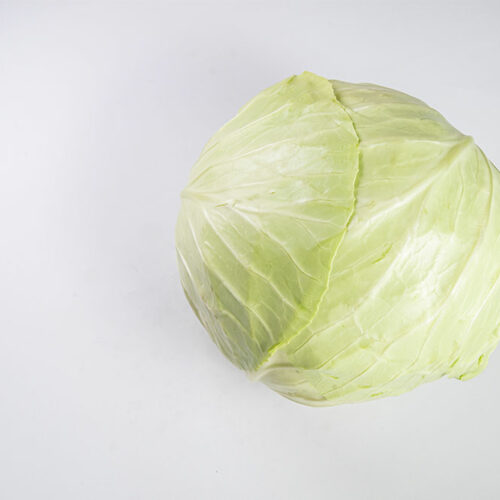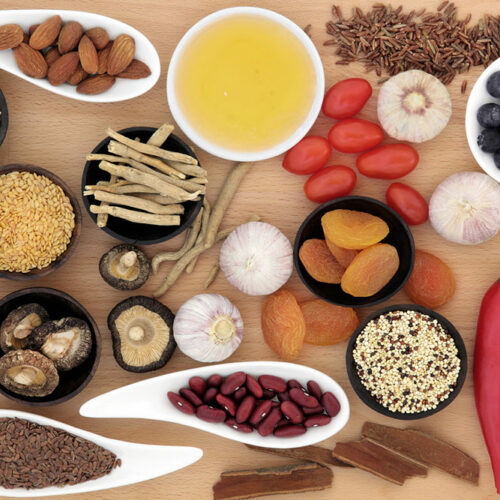9 Protein-rich Foods to Manage ADHD Symptoms

Attention deficit hyperactivity disorder, or ADHD, is usually first diagnosed in childhood and can last into adulthood. It is also one of the most common neurodevelopmental disorders that start at a young age. Children with the condition may have trouble controlling impulsive behaviors and staying focused. Healthcare experts may indicate a combination of prescriptions and therapies to manage ADHD. Likewise, a healthy meal plan rich in proteins may help manage the condition. Benefits of protein for ADHD management A healthcare professional may recommend a protein-rich meal plan for ADHD for several reasons. These foods help make neurotransmitters, chemicals in brain cells, to communicate with each other. Moreover, protein is also known to prevent spikes in blood sugar, which usually increases hyperactivity and impulsivity, especially in people with ADHD. Therefore, following a meal plan rich in proteins will help keep an individual’s energy and blood sugar levels stable and help improve concentration. Protein-rich foods There are several foods rich in protein, but these are some of the most nutritious options beneficial for those with ADHD. Eggs Foods like eggs are a rich source of protein that most people enjoy during breakfast. It could also be enjoyed at other times of the day.






